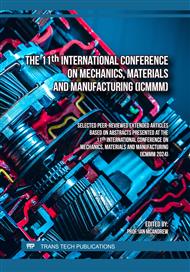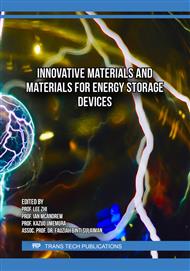p.37
p.51
p.63
p.73
p.87
p.97
p.103
p.109
p.115
Recycling of High-Volume Fly Ash and Bottom Ash in Sustainable Concrete Pavement
Abstract:
In addressing the imperative need for sustainable and cost-effective solutions in pavement development, this study investigates the effect of incorporating high-volume coal thermal by-products (i.e., fly ash [FA] and bottom ash [BA]) on the engineering properties of sustainable concrete pavement. In detail, FA was used to substitute 50% by mass of ordinary Portland cement, while BA was used to replace 50% and 100% (by volume) of natural fine aggregate in the concrete mixtures. The performance of concrete was evaluated through a test series of slump, fresh unit weight, compressive and flexural strengths, dry density, and surface abrasion. Further, based on the experimental results, the potential applications of concrete in real practice were suggested. As a result, the incorporation of FA and BA improved the workability and reduced the unit weight of fresh concrete mixtures. Both the dry density and surface abrasion of concrete were also reduced with the inclusion of high-volume FA and BA. This study found that concrete incorporating 50% FA and 50% BA exhibited the highest strength and acceptable surface abrasion level, satisfying the Vietnamese standard requirements for use in the sustainable construction of level-4 pavement.
Info:
Periodical:
Pages:
115-120
Citation:
Online since:
March 2025
Authors:
Price:
Сopyright:
© 2025 Trans Tech Publications Ltd. All Rights Reserved
Share:
Citation:



